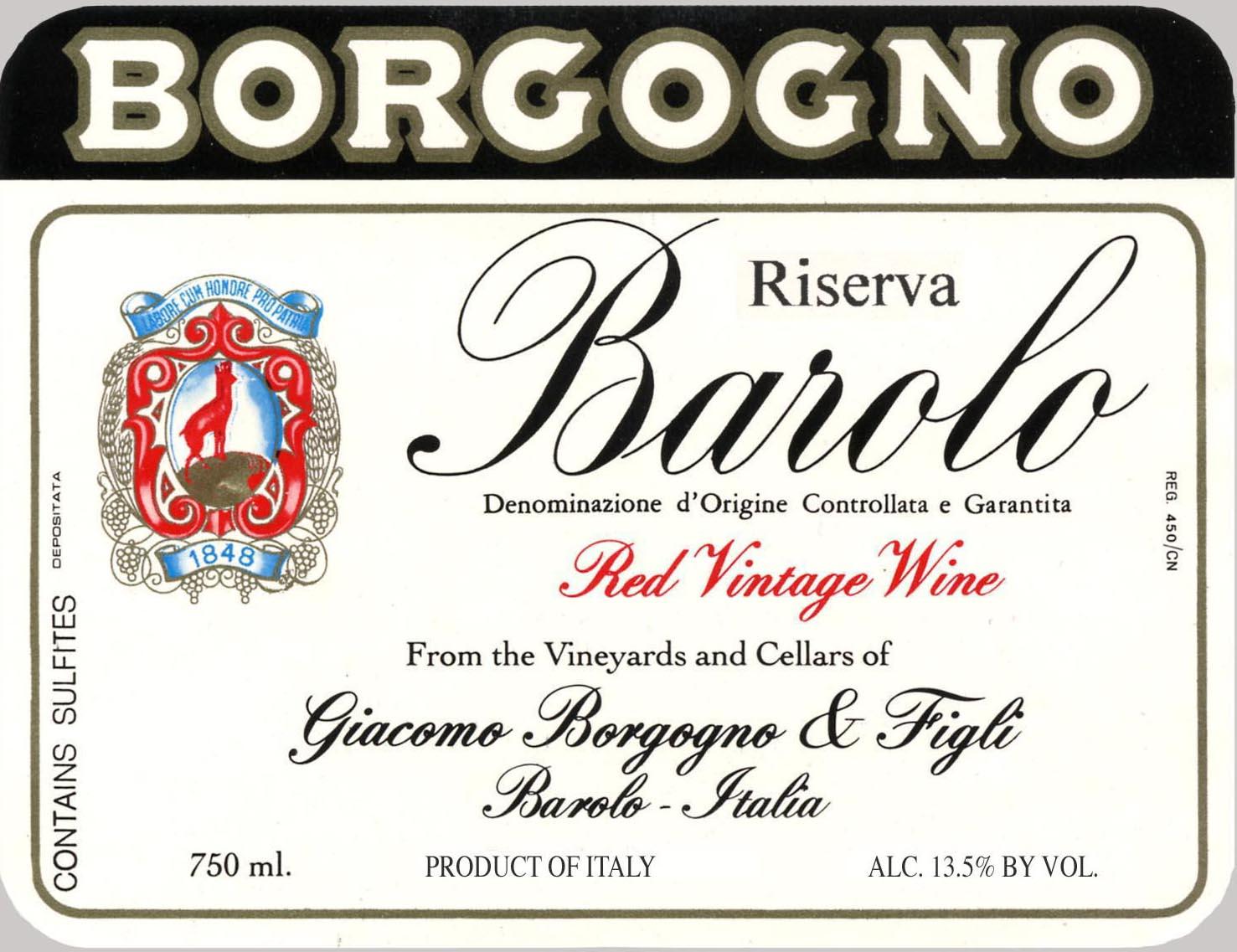1996 Barolo Nebbiolo
The Borgogno Classico Riserva, a captivating 1996 vintage, is a stunning representation of Nebbiolo from the renowned Barolo region. This wine presents a beautiful deep ruby hue that hints at its age and complexity. On the palate, it showcases a full-bodied structure with a powerful presence, complemented by high acidity that brings a bright edge to its character. The tannins are notably firm, adding depth and a remarkable backbone, while the fruit intensity stands out with pronounced notes of dark cherry, raspberry, and subtle hints of dried rose petals. Its drying finish reveals layers of spice and earthy undertones, making it a perfect companion for rich dishes or a delightful experience on its own. This Gold Medal-winning wine truly reflects the excellence of the Barolo region and the exceptional potential of Nebbiolo.
The Borgogno Classico Riserva, a captivating 1996 vintage, is a stunning representation of Nebbiolo from the renowned Barolo region. This wine presents a beautiful deep ruby hue that hints at its age and complexity. On the palate, it showcases a full-bodied structure with a powerful presence, complemented by high acidity that brings a bright edge to its character. The tannins are notably firm, adding depth and a remarkable backbone, while the fruit intensity stands out with pronounced notes of dark cherry, raspberry, and subtle hints of dried rose petals. Its drying finish reveals layers of spice and earthy undertones, making it a perfect companion for rich dishes or a delightful experience on its own. This Gold Medal-winning wine truly reflects the excellence of the Barolo region and the exceptional potential of Nebbiolo.




